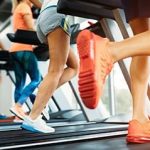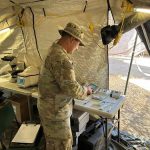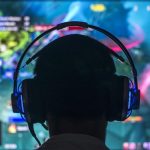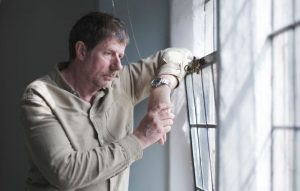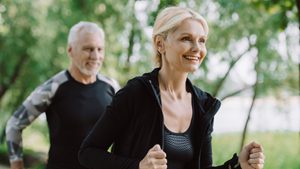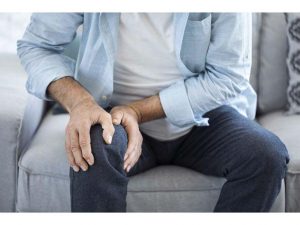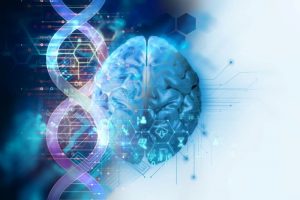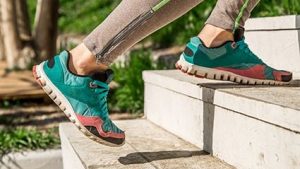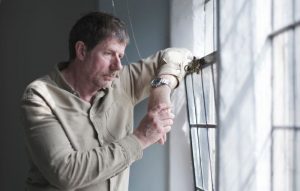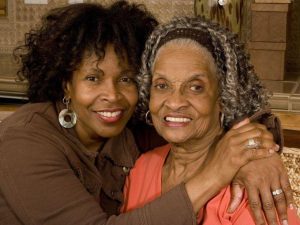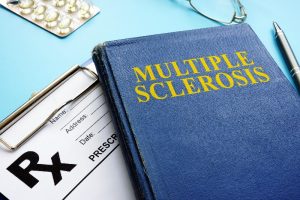
People preparing to watch Monday’s total eclipse of the sun need to protect their vision during the event, eye doctors say. Powerful ultraviolet rays can do permanent damage to the eyes if people look directly at the sun as the moon is sliding into place before it, said Starr Schroeder, an emergency department nurse at Penn State Health Lancaster Medical Center. Special solar viewing glasses are required to watch the solar eclipse progress, Schroeder said. “At no point during a partial eclipse is it safe to look at the sun without special eye protection,” Schroeder said in a Penn State news release. “Not even the darkest sunglasses are safe.” Observing a solar eclipse without proper protection can damage both the cornea and the retina, said Dr. Ajay Soni, a pediatric ophthalmologist at Penn State Health Children’s Lancaster Pediatric Center. One potential condition is photo-keratitis, which is damage to the cornea from UV rays. The cornea is the clear, dome-shaped covering at the front of the eye. “It’s a sunburn on the cornea, and is quite painful because the cornea is so sensitive,” Soni said. Soni added that patients typically recover on their own within a few days. A more serious risk is solar retinopathy, which can cause permanent eye damage. There’s no pain associated with solar retinopathy, which causes scarring on the retina, which is… read on > read on >










